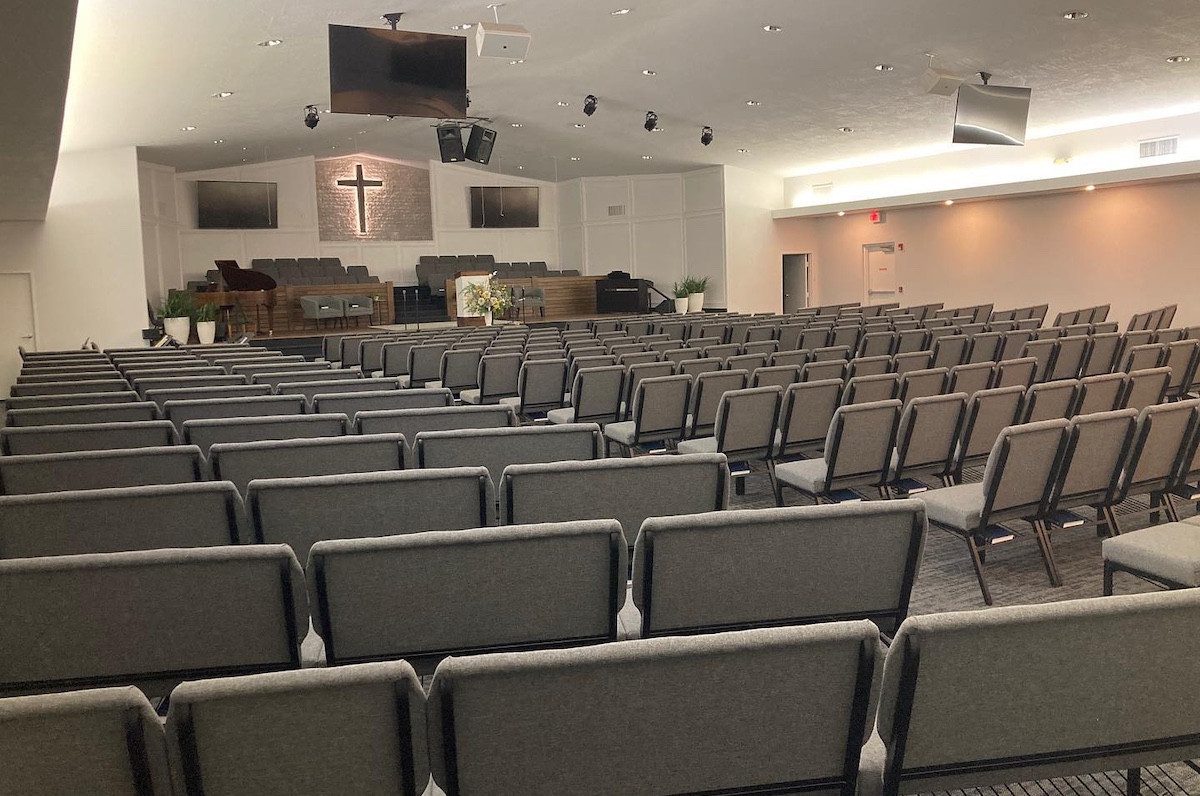Sanctuary chairs, often referred to as ecclesiastical or liturgical chairs, have a long and rich history rooted in religious traditions and practices. These chairs are more than mere pieces of furniture; they hold deep symbolic and functional significance within various religious settings. This article explores the history, significance, design, and modern use of sanctuary chairs, providing a comprehensive understanding of their role in religious life.
Historical Background
Sanctuary chairs have been a part of religious architecture and interior design for centuries. Their origins can be traced back to early Christian churches, where they were used to denote authority and respect for religious leaders. The design and placement of these chairs have evolved over time, reflecting changes in liturgical practices and artistic styles.
Early Christian Period
In the early Christian period, sanctuary chairs were simple and unadorned, reflecting the humble beginnings of the Christian faith. These chairs were typically reserved for bishops and other high-ranking clergy, symbolizing their authority and responsibility within the church. The cathedra, or bishop's throne, is one of the earliest forms of church chairs, often placed in the apse of the church.
Medieval and Renaissance Eras
During the Medieval and Renaissance eras, sanctuary chairs became more elaborate and ornate. The Gothic and Baroque architectural styles influenced their design, leading to chairs adorned with intricate carvings, gold leaf, and rich upholstery. These chairs not only served as seats for clergy but also as works of art that enhanced the sacred atmosphere of the church.
Reformation and Modern Periods
The Reformation brought significant changes to church interiors, including sanctuary chairs. Protestant churches, emphasizing simplicity and personal piety, often opted for more modest designs. In contrast, Catholic churches continued to use ornate chairs to convey the majesty and grandeur of their liturgical traditions. In the modern period, sanctuary chairs reflect a wide range of styles, from traditional to contemporary, accommodating various theological and aesthetic preferences.
Significance of Sanctuary Chairs
Sanctuary chairs hold profound symbolic significance within religious contexts. Their placement, design, and use convey important messages about authority, reverence, and the sacred nature of the worship space.
Symbol of Authority
Sanctuary chairs are often reserved for clergy, particularly those in leadership positions such as bishops, priests, and pastors. The presence of these chairs in the sanctuary signifies the authority and spiritual oversight of the clergy. In many traditions, the central chair, often referred to as the "bishop's throne" or "cathedra," is a powerful symbol of episcopal authority.
Conveying Reverence
The design and craftsmanship of sanctuary chairs contribute to the overall atmosphere of reverence within the worship space. Ornate and beautifully crafted chairs emphasize the sacredness of the sanctuary, encouraging worshippers to approach the space with a sense of awe and respect. Even in more austere traditions, the simplicity and dignity of the chairs can inspire a similar sense of reverence.
Functional Role
Beyond their symbolic significance, sanctuary chairs serve important functional roles. They provide seating for clergy during liturgical services, ensuring that they can participate fully in worship. In many churches, sanctuary chairs are also used during special ceremonies such as ordinations, confirmations, and weddings, further underscoring their importance.
Design and Materials
The design and materials of sanctuary chairs vary widely, reflecting the diversity of religious traditions and artistic influences. From simple wooden chairs to elaborate thrones, the variety is vast.
Traditional Designs
Traditional sanctuary chairs often feature high backs, armrests, and rich ornamentation. Carvings of religious symbols, such as crosses, angels, and saints, are common. These chairs may be upholstered in luxurious fabrics like velvet or brocade, often in liturgical colors such as red, purple, or gold.
Modern Designs
In contrast, modern sanctuary chairs may adopt minimalist designs, focusing on clean lines and functionality. Materials such as metal, plastic, and synthetic fabrics are sometimes used, reflecting contemporary tastes and practical considerations. Despite their simplicity, modern chairs can still convey a sense of dignity and reverence appropriate for worship settings.
Placement and Arrangement
The placement and arrangement of sanctuary chairs are carefully considered to enhance the liturgical flow and the visual harmony of the worship space. Common arrangements include:
- Central Placement: In many churches, the primary sanctuary chair (e.g., the bishop's throne) is placed centrally in the sanctuary, often behind the altar. This placement emphasizes the central role of the clergy in leading worship and administering sacraments.
- Flanking the Altar: Sanctuary chairs are often arranged on either side of the altar, providing seating for assisting clergy, deacons, and other liturgical participants. This arrangement creates a balanced and symmetrical appearance.
- Choir Stalls: In some traditions, particularly in cathedrals and large churches, sanctuary chairs are integrated into choir stalls. These stalls provide seating for clergy and choir members, facilitating their participation in the liturgy.
Modern Use and Adaptations
In contemporary religious settings, sanctuary chairs continue to play a vital role. However, their use and design have adapted to meet the needs of modern worship practices.
Ecumenical and Interfaith Settings
In ecumenical and interfaith worship spaces, sanctuary chairs are often designed to be versatile and inclusive. Neutral designs that avoid specific religious symbols can accommodate various traditions, promoting a sense of unity and mutual respect.
Accessibility
Modern sanctuary chairs increasingly consider accessibility needs. Chairs may be designed to accommodate individuals with disabilities, ensuring that all members of the clergy and congregation can participate fully in worship.
Multi-Functional Spaces
In many modern churches, the sanctuary is a multi-functional space used for various activities beyond traditional worship services. Sanctuary chairs are often designed to be movable and adaptable, allowing the space to be reconfigured for different events such as concerts, lectures, and community gatherings.
Sanctuary chairs are more than functional seating; they are rich in history, symbolism, and artistic value. From their humble beginnings in early Christian churches to their diverse and adaptive use in modern worship spaces, these chairs continue to play a significant role in religious life. Whether ornate or simple, traditional or modern, sanctuary chairs help to create an environment that fosters reverence, authority, and a deep sense of the sacred.




